I’m going to be honest — the first time I ever bought what I thought was “real” 14K Gold Jewelry, I was so proud of myself. I walked out of the store feeling like I’d made an adult decision. A responsible one. A mature one. And then… three weeks later, the clasp on the chain turned a weird brownish-green that looked like rust mixed with regret. That’s when I realised how easy it is to think you’re buying gold and how easy it is to get tricked if you don’t know what you’re looking at.
Since then, I’ve learned more than I expected, partly from jewellers, partly from my own mistakes, and partly from that natural instinct you develop when you’ve handled enough jewellery to know what feels honest. And funny enough, the more you start paying attention, the more you realise how predictable fake or gold-plated jewelry can be… if you know the signs.
I want this to feel like someone telling you the truth directly, not a polished “guide.” So I’ll share the things I’d tell a friend sitting across from me, maybe while sipping chai and debating whether a certain pair of 14k gold earrings for women is legit or just pretending.
Let’s start with what 14K actually means, because nobody explains this properly.
Pure gold — 24K — is too soft. If you sneeze near it, it bends. If someone hugs you too tightly, it dents. It’s beautiful but impractical. That’s why jewellers mix gold with alloys to make it wearable for real life.
14K means 58.5% actual gold, the rest alloy. Not fake. Not impure. Just practical.
That’s why most real everyday jewellery — 14k gold bracelets, 14k gold rings for women, white gold jewelry, rose gold jewelry, uses 14K.
Once you understand that, identifying whether a piece is real becomes easier because you know what the metal should behave like.

1. The first trick: touch it, feel it, roll it between your fingers
Real gold has a warmth. A certain weight. A softness, not the kind that bends, but the kind that feels alive. I know that sounds poetic, but once you hold enough yellow gold jewelry or rose gold rings, you start recognising this weight-to-size ratio that fake pieces simply can’t copy.
Gold plated jewelry is the opposite.
It feels too light. Too hollow. Too metallic-cold.
I’ve held a “14K gold necklace for women” that felt like air.
Instant red flag.
2. The hallmark is useful, but not trustworthy by itself
Yes, real pieces usually carry:
14K
585
14KT
But counterfeiters stamp these too. I once saw a fake 14K chain with a perfect hallmark — and the clasp still turned green.
So yes… check it.
But never stop there.
3. The skin test — old, but painfully accurate
If your jewellery leaves a green, grey, or dark mark on your skin… that is the universe telling you:
“This is not solid gold.”
Real 14K Gold Jewelry does not react. It doesn't stain. The oils on your skin don’t bother it. Sweat doesn’t trick it. Perfume might dull the shine temporarily, but it will never turn your skin weird colours.
Try this especially with gold diamond rings for women, because fingers react fast.
4. Magnets don’t lie, even when people do.
Gold doesn’t react to magnets.
If your “14K” chain jumps to the magnet, congratulations, you found a fake.
But don’t panic if white gold jewelry gives the slightest pull.
Alloys complicate things sometimes.
Use it as a clue, not a verdict.

5. Scratches vs. flakes — this one’s surprisingly important
Real gold scratches gently.
Plated jewellery flakes.
It peels like cheap nail polish.
I once had a rose gold jewelry piece that chipped on day 5. That’s when I realised they’d only coated it with colour, not actual metal. Solid rose gold rings don’t peel. They may get micro-scratches, but they don’t reveal a different colour underneath.
6. Ceramic tile test — risky, funny, and brutally honest
Take an unglazed ceramic tile.
Run a corner of your jewellery across it lightly.
Gold leaves a smooth gold streak.
Fake leaves are grey or green.
The first time I tried it, I was terrified I’d ruin my piece. But surprisingly, it barely left a mark on the jewellery; the tile took all the drama.
Just don’t do this with fragile chains or heavily designed 14k gold lab grown diamond earrings.
7. Then comes the thing nobody wants to hear: price logic
If the 14k gold jewelry price feels too cheap… It’s not 14K.
Real gold has a floor value.
It doesn’t suddenly go on 90% off sales.
Especially not for:
-
14k gold earrings for women
-
14k gold bracelets
-
14k gold rings for women
-
14k gold necklaces for women
If the seller claims “pure 14K” but prices it like costume jewellery, trust your gut.
You’re not getting a miracle.
You’re getting plated metal.

8. Tarnish tells you everything
Real gold doesn’t tarnish.
Fake gold tarnishes dramatically.
Plated jewellery will:
-
turn green
-
fade
-
expose copper
-
lose shine
-
discolor where it touches the skin
I’ve seen a “14K gold” bangle that turned orange in one month.
No real gold piece behaves that way.
Also read: Best Gold Jewellery Under ₹15,000
Texture is a language. You just need to learn how to read it.
Run your thumb across the metal.
Real gold has a softness to the texture, not mushy, not fragile, just… buttery.
Fake gold feels dry, overly shiny, harsh, and almost plasticky.
Once you compare two pieces side by side, this becomes obvious.
Read more: Best Lab-Grown Diamond Jewellery Under ₹20,000
The easiest trick? Buy from brands that don’t need to pretend.
Honestly, if you’re buying pieces like white gold jewelry, yellow gold jewelry, or gold diamond earrings, the safest thing you can do is buy from a brand that controls its process.
Brands like Lukson work from design to finish internally. They don’t outsource cheap metal. Their pieces feel consistent because the supply chain is clean.
If you care about sustainable luxury, timeless designs, or the whole modern “buy quality, not quantity” philosophy, this matters more than any magnet or tile test.
You get what you pay for.
And you don’t have to panic-test your jewellery at home like a detective.





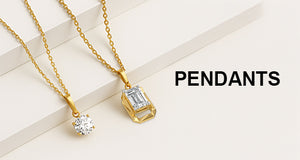




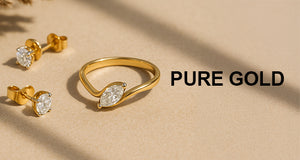




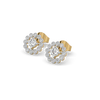 All Earrings
All Earrings
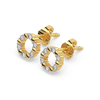 Stud Earrings
Stud Earrings
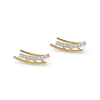 Ear Cuffs
Ear Cuffs
 Ear Jackets
Ear Jackets
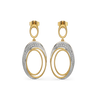 Drop Earrings
Drop Earrings
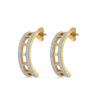 Hoop Earrings
Hoop Earrings
 Huggies
Huggies
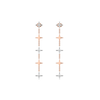 Shoulder Dusters
Shoulder Dusters
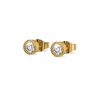 Solitaire
Solitaire
 14K Gold
14K Gold
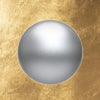 Gold Vermeil
Gold Vermeil
 Rose Gold Vermeil
Rose Gold Vermeil
 Sterling Silver
Sterling Silver
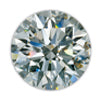 Diamond
Diamond
 Gemstone
Gemstone
 All Rings
All Rings
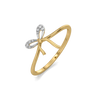 Fashion Ring
Fashion Ring
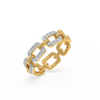 Band Rings
Band Rings
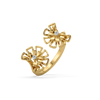 Open Top Rings
Open Top Rings
 Cocktail Rings
Cocktail Rings
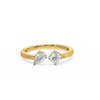 Toi-et-Moi Rings
Toi-et-Moi Rings
 Stack Rings
Stack Rings
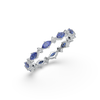 Eternity Rings
Eternity Rings
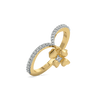 Charm Rings
Charm Rings
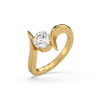 Solitaire Rings
Solitaire Rings
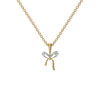 All Necklaces
All Necklaces
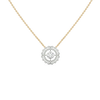 Pendant Necklace
Pendant Necklace
 Lariat
Lariat
 Necklet
Necklet
 Station Necklace
Station Necklace
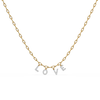 Charm Necklace
Charm Necklace
 Toi Et Moi Necklace
Toi Et Moi Necklace
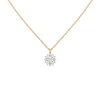 Solitaire
Solitaire
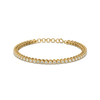 All Bracelets
All Bracelets
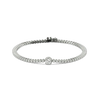 Tennis Bracelet
Tennis Bracelet
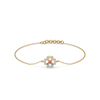 Fashion Bracelet
Fashion Bracelet
 Station Bracelet
Station Bracelet
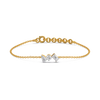 Toi-et-Moi Bracelet
Toi-et-Moi Bracelet
 Charm Bracelet
Charm Bracelet
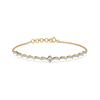 Banglet
Banglet
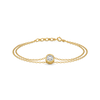 Solitaire
Solitaire
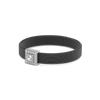 All Mens
All Mens
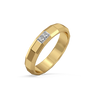 Rings
Rings
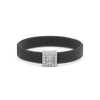 Bracelets
Bracelets
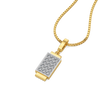 Pendant
Pendant
 Earrings
Earrings
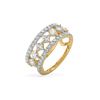 Rings
Rings
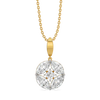 Pendants
Pendants
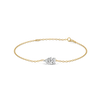 Bracelets
Bracelets
 Necklace
Necklace
 Bangle
Bangle
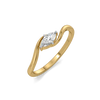 Yellow Gold
Yellow Gold
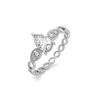 White Gold
White Gold










